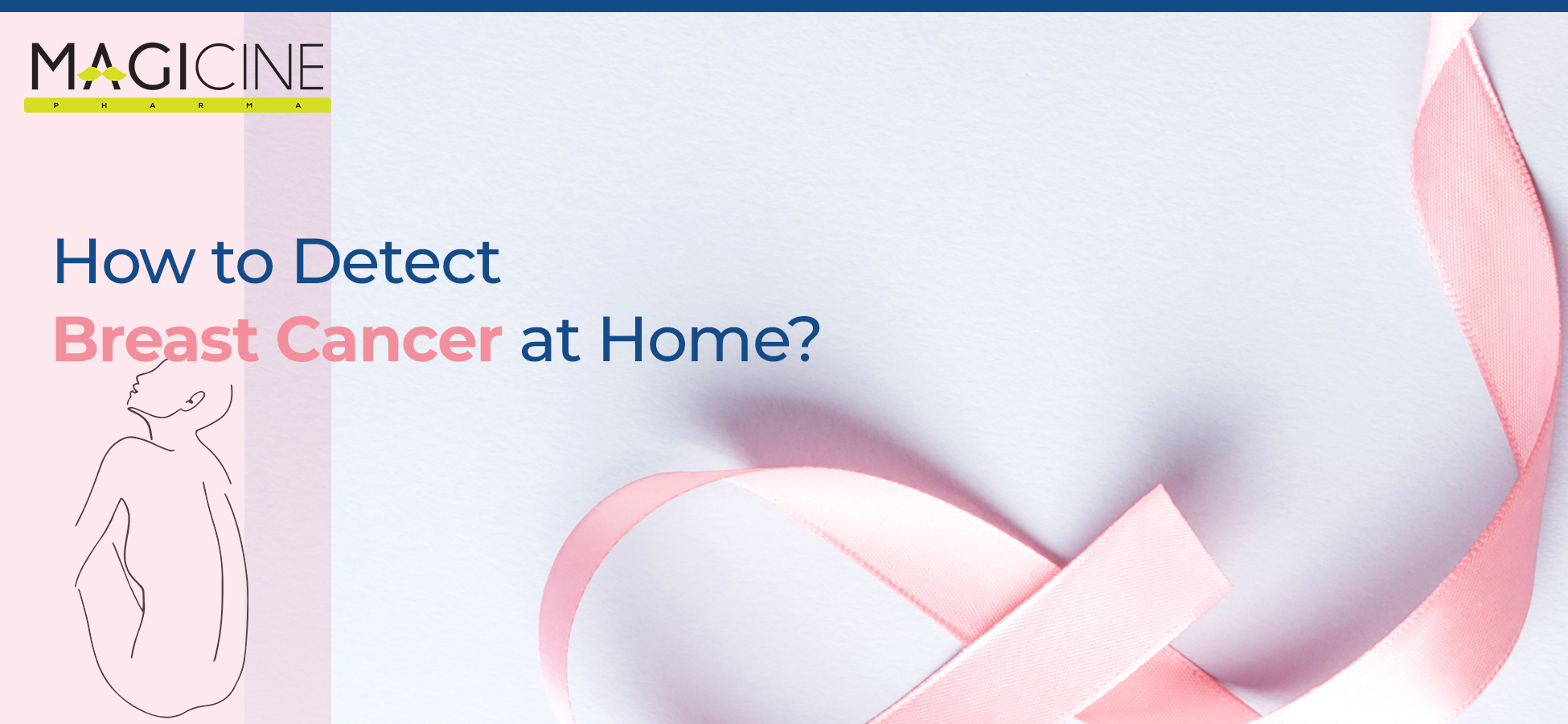
Breast Cancer is the growth of malignant cells in the tissues of the breasts. Its detection may be initiated at home. However, a proper diagnosis needs a good knowledge of what to check and how to start. In this article, you will learn about the methods of diagnosing Breast Cancer. Also, if you are thinking of a breast self-exam, here are the things you should keep in mind.
Breast Self-Exam
A breast self-exam is a physical test a woman does at home to detect the signs of Breast Cancer, like the changes in the breast tissue. Many women believe that such tests can be helpful and vital to their health.
The best time to initiate a breast self-exam is approximately 3 to 5 days after your period starts. Talk to your healthcare provider about the authenticity of such tests, in general.
- Begin the test by standing in front of the mirror with your arms on the hips, and shoulders straight.
- Look at your breasts carefully. If they aren’t equal in shape or size, that’s ok!
- Put your arms relaxed and look for any changes in the color, position, lumps, dimpling, sores, or discoloration.
- Now, look at your nipples for any sores or changes in their direction.
- Use different positions to check the breasts, like bending forward towards the mirror, tightening your chest muscles, etc.
- Look at our nipples and check for discharge fluid. With your thumb and forefinger near them, move in the upper and lower direction.
- When in the shower, feel for changes in the breast. The water and soap help you do that easily.
- Check for lumps and thickenings in the breast area and the underarm area.
- Feel the entire breast, from collarbone to bra line, and check the irregularities.
- Place a small pillow under your right shoulder and lie down. Now, with your right hand behind your head, use your left hand to feel the upper portion of your breast. Use a body lotion for smooth activity.
- Just like the hands of the clock, move your fingers (kept flat) around your nipples. Continue this until you have moved around the nipples thoroughly.
- Place your fingers directly on your nipple. Gently press your nipple inward and feel for changes or discharge fluid.
Clinical Exam
A careful manual examination of the breasts by a doctor is known as a clinical breast exam or a physical breast exam. Such an exam helps to find the lumps that may be missed in the self-exam. An experienced healthcare professional would recognize the abnormality in a breast better and easily. There might be some changes that you think are normal, but the doctor might find them suspicious. The clinical exam that is undertaken by the doctor generally includes:
- A visual check of skin.
- A visual check of tissues.
- A manual check for unusual lumps.
- A manual check for the texture.
- An assessment of any suspicious area.
The results of a clinical exam, often, don’t conclude the presence of cancer cells. However, they guide your doctor in determining the next steps of the diagnosis.
Lab Tests
- Diagnostic Mammography- A mammography is done by low-energy X-rays to get pictures of the breast. When the doctor finds any lump or discharge during the clinical exam, he prescribed diagnostic mammography for a better understanding. The goal of undertaking mammography is to detect the presence of cancer cells as early as possible.
- Ultrasound- An ultrasound is used to get a picture of the breast tissue using sound waves. This type of imaging test is effective in distinguishing between a fluid-filled cyst and a solid tumor. It requires very little to no special preparations. Ultrasound is safe and doesn’t use any radiation.
- MRI- A Breast MRI is used to get detailed pictures of the breast using magnetic fields. Before MRI is done, a special dye is injected into the patient’s vein. This helps the doctor to get a clear picture of the breasts. Not just for diagnostic purposes, MRI is also used as an important test during breast cancer treatment. This helps in analyzing the tumor’s growth.
Breast Biopsy
When imaging/lab tests show that you may have breast cancer, a breast biopsy is done to come to a conclusion. However, if your doctor prescribes a biopsy, that doesn’t confirm that you have cancer. Rather, it means that you might have cancer or some other disease (that is leading to such changes in your breasts). During a breast biopsy, a doctor removes small pieces from the specific area (suspected of cancer). Such a sample is tested for cancer cells.
Different types of biopsy depend upon the following factors:
- How suspicious the changes in the breast are
- How big the breasts are
- What is the suspected area in the breast
- If there are one or more areas in the breast
- Your medical history and condition
- Your personal preference
- If you are already taking any breast cancer medicines or others
For most suspicious areas in the breast, the doctor may prescribe a needle biopsy. It is recommended to ask your doctor in advance about the type of biopsy, plus the later expectations.





